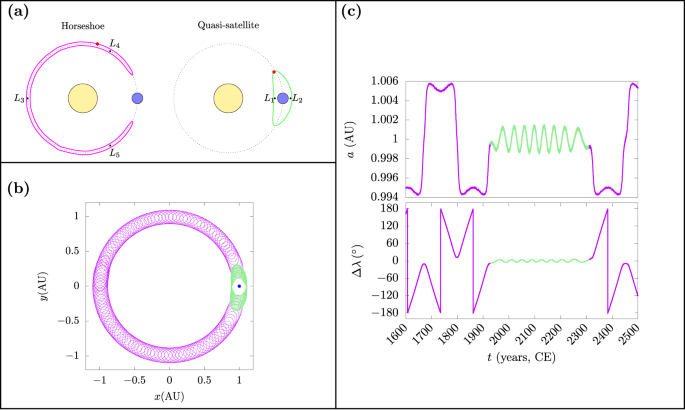2023-10-23 カリフォルニア工科大学(Caltech)
 Pictured here is the vacuum tube hosting LIGO’s 300-meter filter cavity used to implement frequency-dependent quantum squeezing. Each LIGO facility, one in Hanford, Washington, and the other in Livingston, Louisiana, has its own 300-meter filter cavity. Credit: MJ Doherty
Pictured here is the vacuum tube hosting LIGO’s 300-meter filter cavity used to implement frequency-dependent quantum squeezing. Each LIGO facility, one in Hanford, Washington, and the other in Livingston, Louisiana, has its own 300-meter filter cavity. Credit: MJ Doherty
◆この技術は、周波数に応じて光を異なる方法でスクイージングし、重力波の広い範囲でノイズを削減します。この進歩は、重力波の研究を推進し、未来の量子技術にも影響を与える可能性があります。
<関連情報>
- https://www.caltech.edu/about/news/ligo-surpasses-the-quantum-limit
- https://journals.aps.org/prx/accepted/2507bK60Qb81c00f36d98e151e24c0cc4de92490e
周波数依存スクイーズによるLIGO検出器の広帯域量子増強 Broadband quantum enhancement of the LIGO detectors with frequency-dependent squeezing
D. Ganapathy et al.
Physical Review X Accepted:6 September 2023
ABSTRACT
Quantum noise imposes a fundamental limitation on the sensitivity of interferometric gravitational-wave detectors like LIGO, manifesting as shot noise and quantum radiation pressure noise. Here we present the first realization of frequency-dependent squeezing in full-scale gravitational-wave detectors, resulting in the reduction of both shot noise and quantum radiation pressure noise, with broadband detector enhancement from tens of Hz to several kHz. In the LIGO Hanford detector, squeezing reduced the detector noise amplitude by a factor of () near 1 kHz, while in the Livingston detector, the noise reduction was a factor of (). These improvements directly impact LIGO’s scientific output for high-frequency sources (e.g., binary neutron star post-merger physics). The improved low-frequency sensitivity, which boosted the detector range by with respect to no squeezing, corresponds to an increase in astrophysical detection rate of up to 65%. Frequency-dependent squeezing was enabled by the addition of a 300-meter long filter cavity to each detector as part of the LIGO A+ upgrade.



